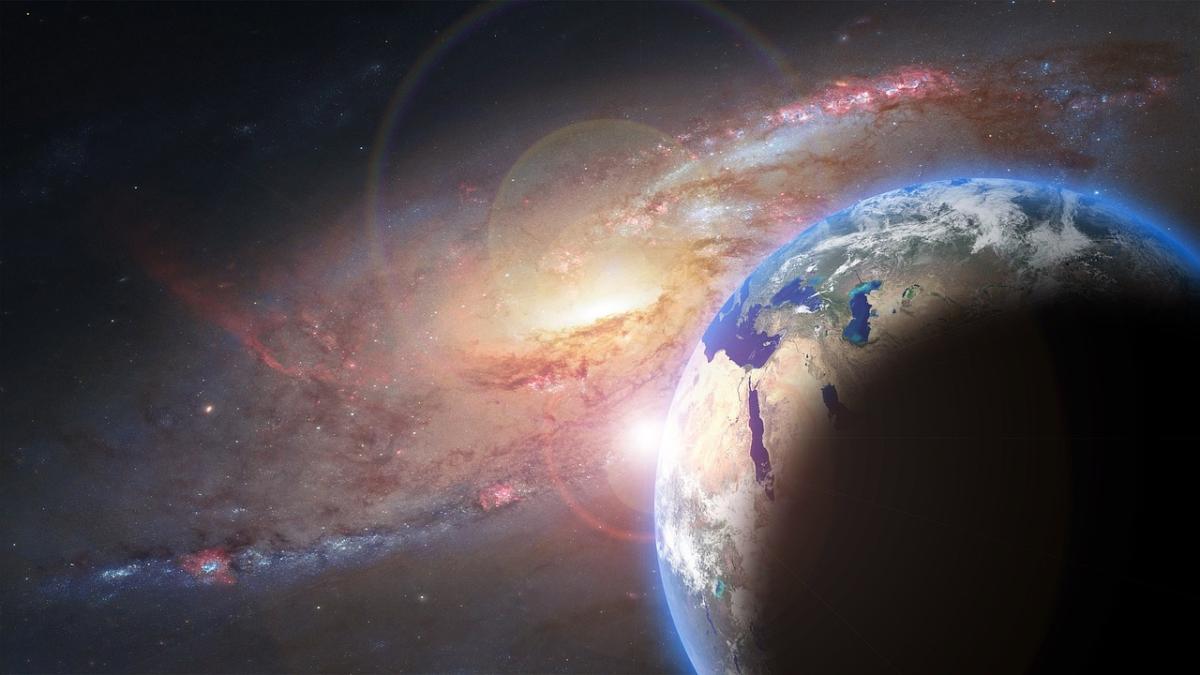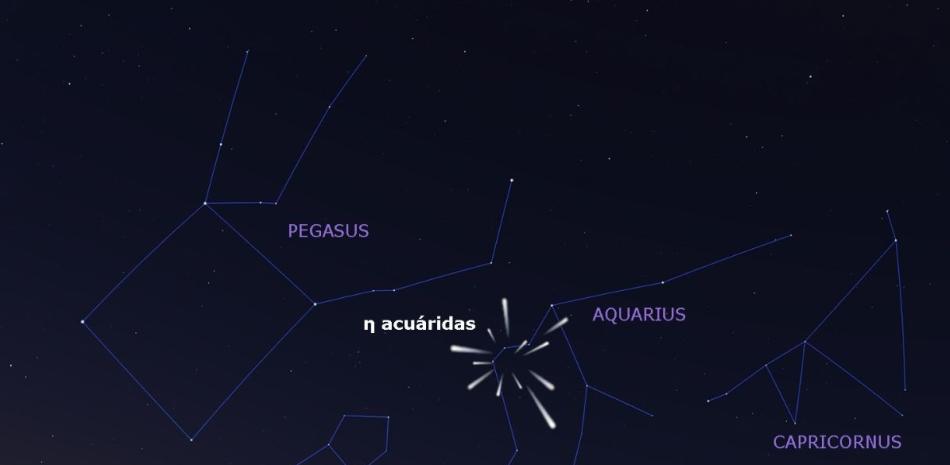Science believes that Earth-like planets exist in the far reaches of the universe. Some of them may have conditions suitable for life, but for today’s Sun, the existence of any of them has not yet been definitively confirmed, so the search continues.
Recently, two scientists from Japanese institutions hypothesized that the behavior of several objects located outside the orbit of Neptune (outside the visible range) may indicate the existence of an Earth-like planet.
They named it “Planet Nine”According to this new study by two Japanese scientists, published in ‘The Astronomical Journal’.
Discovery
Scientists Patryk Sofia Lykawka of Japan’s Kintai University and Takashi Ito of the same country’s National Astronomical Observatory of Japan have discovered, according to National Geographic, “this mysterious resident of the Solar System. It’s closer than you think And it gives reasons for curious behaviors that account for the larger matter.”
“We predicted the existence of an Earth-like planet and many trans-Neptunian objects in eccentric orbits in the outer Solar System, which may serve as verifiable observable signatures of planetary perturbations,” the scientists wrote in their publication in The Astronomical Journal.
Where exactly is it?
Researchers say planet nine lurks in the Kuiper Belt, a donut-shaped ring of objects that extends beyond Neptune’s orbit.
The Kuiper Belt is known to contain millions of icy objects, called trans-Neptunian objects (TNOs) because they lie beyond Neptune.
“They are composed of rock, amorphous carbon, and mixtures of water and methane-like volatile ices.”German television station DW (Deutsche Welle) points out.
Scientists have observed a unique pattern in the way objects in the Kuiper Belt move; One of these movements is grouping. Some groups of trans-Neptunian objects cluster together and move in groups on inclined orbits. Computer simulations suggested that a hypothetical planet might be responsible for these effects.
About nine
“This potential planet would have a mass of approximately 1.5 to 3 times that of Earth. According to the research team’s calculations, it follows an inclined orbit of approximately 30 degrees.





:quality(85)/cloudfront-us-east-1.images.arcpublishing.com/infobae/XMMRFEI2OVHFLBEOD3SJKHOKJY.png)